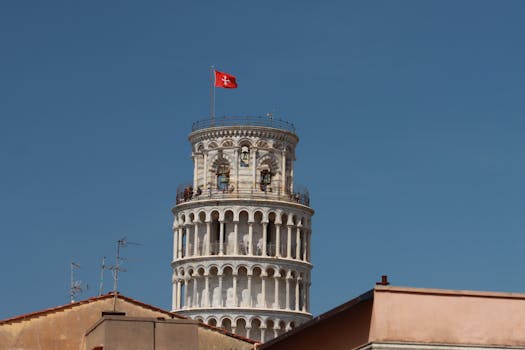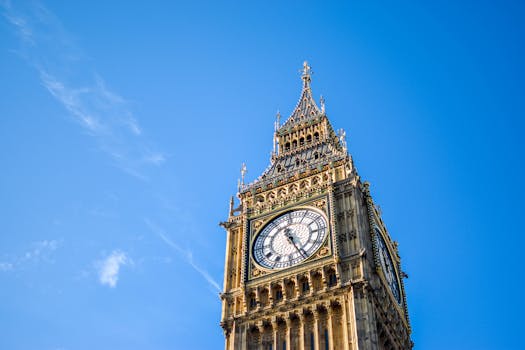
Traveling Through Time: How Europe’s Historical Heritage Shapes Modern Lifestyles in 2025
Traveling Through Time: How Europe’s Historical Heritage Shapes Modern Lifestyles in 2025. Europe, a continent steeped in history and tradition, has a unique ability to blend the old with the new. From the ancient ruins of Greece and Rome to the modern cities of London and Paris, Europe’s historical heritage continues to shape modern lifestyles in countless ways. In this article, we’ll explore the many ways in which Europe’s past informs its present, and how you can experience the best of European culture for yourself.
A Brief History of Europe

To understand how Europe’s historical heritage shapes modern lifestyles, it’s essential to have a brief overview of the continent’s history. From the Roman Empire to the Renaissance, Europe has been at the forefront of cultural, scientific, and philosophical advancements. The continent has been shaped by numerous invasions, empires, and revolutions, each leaving their mark on the modern European landscape.
Architecture and Urban Planning

One of the most visible ways in which Europe’s historical heritage shapes modern lifestyles is through architecture and urban planning. Many European cities have preserved their historic centers, with narrow streets, grand piazzas, and iconic landmarks like the Eiffel Tower and Big Ben. These historic areas are not only popular tourist destinations but also continue to influence modern urban planning, with many cities incorporating green spaces, pedestrianized zones, and mixed-use developments into their designs.
Cuisine and Food Culture

European cuisine is renowned for its diversity and richness, with each country and region boasting its unique flavors, ingredients, and cooking techniques. From pizza and pasta in Italy to tapas in Spain and croissants in France, European food culture is a reflection of the continent’s historical heritage. Many traditional dishes have been passed down through generations, with modern chefs and restaurants continuing to innovate and adapt classic recipes to suit contemporary tastes.
Art and Culture

Europe is home to some of the world’s most famous museums, galleries, and cultural institutions, showcasing an incredible array of art, artifacts, and historical treasures. From the Louvre in Paris to the Uffizi Gallery in Florence, these institutions continue to inspire and educate visitors from around the globe. Additionally, many European cities host festivals and events celebrating their cultural heritage, such as the Venice Carnival and the Tomatina festival in Spain.
Modern Lifestyles and Traditions

Despite the many advances of modernity, traditional European lifestyles and customs continue to thrive. Many Europeans still prioritize family, community, and social connections, with mealtimes, festivals, and celebrations remaining essential parts of daily life. Furthermore, the continent’s historical heritage has also shaped modern attitudes towards work, leisure, and education, with many Europeans embracing a more balanced and fulfilling approach to life.
Conclusion

In conclusion, Europe’s historical heritage continues to shape modern lifestyles in profound and lasting ways. From architecture to cuisine, art to culture, the continent’s rich history informs and enriches every aspect of contemporary European life. Whether you’re a history buff, foodie, or simply a curious traveler, Europe has something to offer everyone, making it an ideal destination for anyone looking to experience the best of the past, present, and future.






